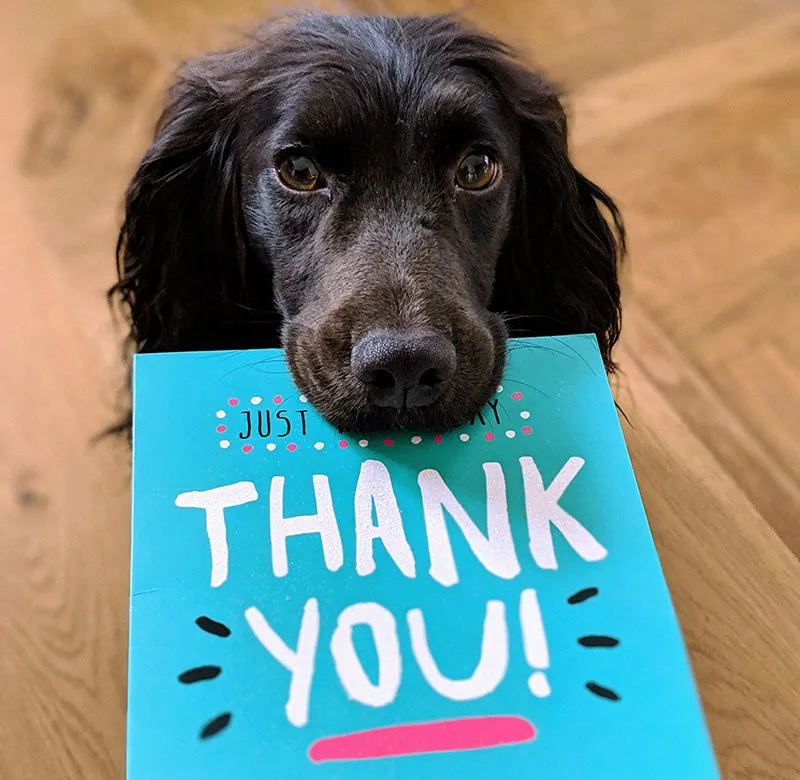Generally used and referenced by marketers, anyone can and should build a swipe file for their job. Think of a swipe file as a vision board for doing your very best at whatever it is you do for your job. It’s inspiration, ideas, DIYs, and tutorials.
It’s everything you wish you’d thought of and hope to be able to emulate. The trick? Creating a system for saving ideas that’s practical and maintainable. So let’s do it.
Here’s my best advice as you build a swipe file — all based off my personal experiences researching, building, and using a file that’s been valuable to me.
Designate a location for every screenshot or link
Clicking save post over and over again on LinkedIn isn’t going to help you.
Neither is saving everything straight to your desktop with a promise to yourself that you’ll come back to it eventually.
Your swipe file needs to be, you know, usable. Somewhere you can quickly and easily reference other people’s good ideas.
Whether you use Google Drive, a system of folders on your desktop, or a tool like Notion, it doesn’t matter. Your system simply needs to work for you.
I’m a Notion fanatic already, so it was a no-brainer to move the folders of screenshots and images from my computer and saved LinkedIn posts to a Notion gallery. Now everything goes to the same place.
Organize with categories that work for you
I’ll say it again and then probably a few more times: Set up your swipe file in a way that you’ll actually use it.
There’s a million swipe file templates out there to help you get started. But the whole point of a template is to customize it. Take the time to do that!
My personal philosophy for organizing a swipe file boils down to one question: What’s going to make it as easy as possible for me to find what I save?
Right now my swipe file includes overarching categories like marketing strategy, content ideas, sales strategy, and product ideas. For you these categories mean nothing. Like how is marketing strategy different from content ideas? But for me I know exactly what types of ads, one-pagers, videos, posts, and articles fit into each category.
In addition, I give each saved item a short, descriptive title — something that helps me quickly recognize what I’ve previously saved.
Check out Dave Gerhardt’s swipe file for more ideas of how to organize photos, links, and posts.
Articulate why it’s something you want in your swipe file
This is my favorite tip from copywriter Liz Willits. (I saved this post of hers to my own swipe file.)
Help out your future self! When you add anything to your swipe file, literally write down why you like it and what its purpose is.
Is the copy something you want to emulate in a future marketing campaign? Do you love the use of space or color in an ad? Is it a great example of brand building?
Who HASN’T saved a screenshot to your desktop because you liked it for some reason and then coming back later with no idea what about you liked? Straight to the trash it goes.
Designate a time to review what’s in your swipe file
Your swipe file is only useful if you use it. Certain ideas or concepts will always stick in your brain. But that’s maybe 1 out of every 10 or 20 ideas you’ll actually remember.
When starting new projects, go into your swipe file.
Just feeling uninspired, go into your swipe file.
You can’t remember the last time you opened your swipe file, go into your swipe file.
On these reviews, take a moment to figure out any improvements. Do you have the right type of categories? Have you taken proper notes on each saved item? Is there stuff in there you now hate or know you’ll never use? Your swipe file should always go through iterations.
Get inspiration and boost imagination with your swipe file
A swipe file provides a surefire source of inspiration. It should not be a copy/paste machine for your next campaign. Your goal should be to collect a variety of ideas or concepts that you can then synthesize into something new.
Use your swipe file to learn from others and surround yourself with good ideas. That’s how you build a swipe file you’ll keep using.


